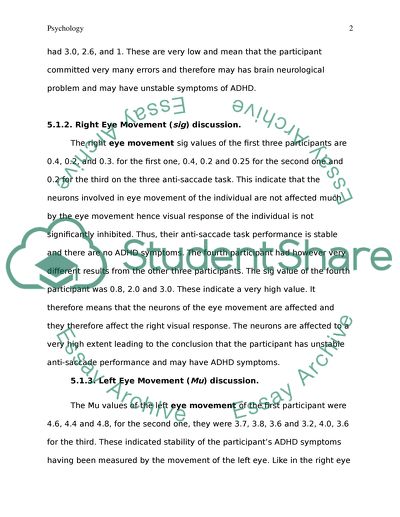Cite this document
(“A Transcranial Magnetic Stimulation (TMS) Study on Intra-Subject Dissertation”, n.d.)
A Transcranial Magnetic Stimulation (TMS) Study on Intra-Subject Dissertation. Retrieved from https://studentshare.org/psychology/1439928-a-transcranial-magnetic-stimulation-tms-study-on
A Transcranial Magnetic Stimulation (TMS) Study on Intra-Subject Dissertation. Retrieved from https://studentshare.org/psychology/1439928-a-transcranial-magnetic-stimulation-tms-study-on
(A Transcranial Magnetic Stimulation (TMS) Study on Intra-Subject Dissertation)
A Transcranial Magnetic Stimulation (TMS) Study on Intra-Subject Dissertation. https://studentshare.org/psychology/1439928-a-transcranial-magnetic-stimulation-tms-study-on.
A Transcranial Magnetic Stimulation (TMS) Study on Intra-Subject Dissertation. https://studentshare.org/psychology/1439928-a-transcranial-magnetic-stimulation-tms-study-on.
“A Transcranial Magnetic Stimulation (TMS) Study on Intra-Subject Dissertation”, n.d. https://studentshare.org/psychology/1439928-a-transcranial-magnetic-stimulation-tms-study-on.


